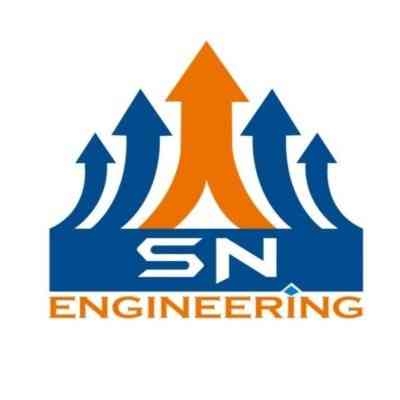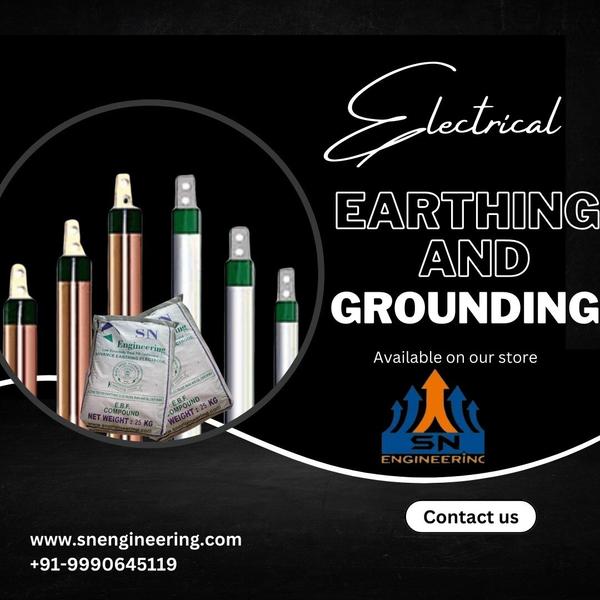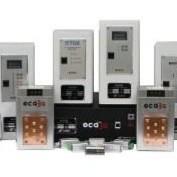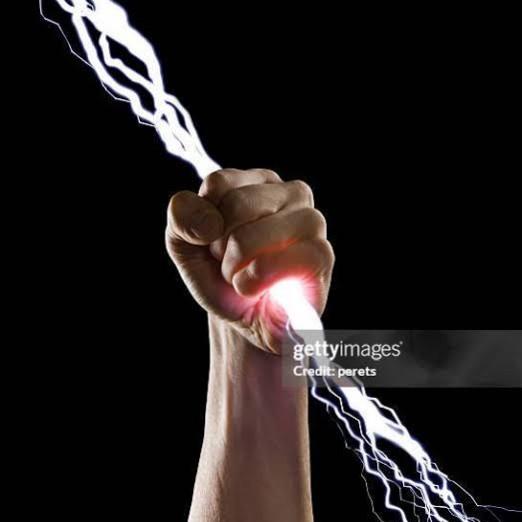Earthing Supplier in Railway
APPENDIX III
CODE OF PRACTICE
FOR EARTHING OF POWER SUPPLY INSTALLATIONS FOR 25kV, ac, 50Hz, SINGLE PHASE TRACTION SYSTEM
(This is a reproduction of RDSO's CODE No. ET1/PSI/120 (2/91) )
1. Scope
1.1 This code of practice caters for general arrangements of system and equipment earthing at 220/ 25 kV or 132/25 kV or 110/25 kV or 66/25 kV traction substations, 25 kV switching stations, booster transformer stations and auxiliary transformer stations. Low voltage (LT) electrical power distribution system, 25 kV overhead equipment system as well as signal and tele-communication equipment do not come within the purview of this code.
2. Terminology
2.0 The following terms wherever occurring in this code shall, unless excluded or repugnant to the context, have the meaning attributed thereto as follows:-
2.1 Combined Earth Resistance : The resistance of an earth electrode (s) with respect to earth, with the earth electrode (s) connected to the metal work of electrical equipment other than parts which are normally live or carry current and the masts/structures but without connection with the traction rail (s).
2.2 Earth: The conductive mass of the earth, whose electrical potential at any point is conventionally taken as zero.
2.3 Earth electrode: A conductor mild steel (MS) pipe, or group of conductors in intimate contact with and providing an electrical connection to earth.
2.4 Earthing grid: A system of a number of interconnected, horizontal bare conductors buried in the earth, providing a common ground for electrical devices and metallic structures, usually in one specific location.
2.5 Equipment earthing: Earthing of all metal work of electrical equipment other than parts which are normally live or current carrying. This is done to ensure effective operation of the protective gear in the event of leakage through such metal work, the potential of which with respect to neighbouring objects may attain a value which would cause danger to life or risk of fire.
2.6 Mesh Voltage (E mesh): The maximum touch voltage to be found within a mesh of an earthing grid.
2.7 Power supply installation: The electrical equipments and associated structures provided at a Railway Traction Substation or Switching Station, or Booster/ Auxiliary transformer Station on the 25 kV over head equipment.
2.8 System earthing: Earthing done to limit the potential of live conductors with respect to earth to values which the insulation of the system is designed to withstand and thus to ensure the security of the system.
2.9 Step Voltage (E step): The potential difference between two points on the earth's surface separated by a distance of one pace, that will be assumed to be one metre in the direction of maximum potential gradient.
2.10 Traction Rail means a non track circuited rail of a wired track, not required for signalling purposes and which may be earthed. In non-track circuited sections, both the rails of a wired track are traction rails and in single rail circuited section, the traction rail is the non-track circuited rail.
2.11 Touch Voltage (E touch): The potential difference between a grounded metallic structure and a point on the earth's surface separated by a distance equal to the normal maximum horizontal reach of a person, approximately one metre.
3. Object of Earthing
The object of an earthing system is to provide as nearly as possible a surface under and around a station which shall be at a uniform potential and as nearly zero or absolute earth potential as possible. The purpose is to ensure that generally all parts of the equipment, other than live parts are at earth potential and that attending personnel are at earth potential at all times. Also by providing such an earth surface of uniform potential under and surrounding the station, there can exist no difference of potential in a short distance big enough to shock or injure an attendant when short circuits or other abnormal occurrences take place. The primary requirements of a good earthing system are:
i) It should stabilize circuit potentials with respect to ground and limit the overall potential rise.
ii) It should protect men and materials from injury or damage due to over voltage.
iii) It should provide low impedance path to fault current to ensure prompt and consistent operation of protective devices during ground faults.
iv) It should keep the maximum voltage gradient along the surface inside and around the substation within safe limits during earth faults.
4. Governing Specifications
Assistance has been taken from the following standards/ codes of practices in the preparation of this code of practice:
i) IS:3043-1987 - Code of Practice for Earthing (first revision)
ii) Indian Electricity Rules - 1956 (latest edition)
iii) National Electrical Code - 1985 of Bureau of Indian Standards
iv) IEEE Guide for safety in a. c. substation grounding. No. ANSI/IEEE Standard 80-1986.
5. Earth Resistance
At each power supply installation, an earthing system as specified in this code shall be provided. The combined resistance of the earthing system shall be not more than the following values: -
S. No. Name of the stationThe limit of combined earth resistance in ohms1. Traction substation0.52.Switching station2.03.Booster transformer station10.04.Auxiliary transformer station10.0
6. Earth Electrodes
6.1 The earth electrode shall normally be of mild steel galvanised perforated pipe of not less than 40 mm nominal bore, of about 4 m length provided with a spike at one end and welded lug suitable for taking directly MS flat of required size at the other end. The pipe shall be embedded as far as possible vertically into the ground, except when hard rock is encountered, where it may be burled inclined to the vertical, the inclination being limited to 30 degree from the vertical. The connection of MS flat to each electrode shall be made through MS links by bolted joints to enable isolation of the electrode for testing purposes. A sketch for typical arrangement of an earth electrode is shown in Figure 3.01.
6.2 Earth electrodes shall be embedded as far apart as possible from each other. Mutual separation between them shall usually be not less than 6.0 m ( which is twice the length of the electrode).
6.3 If the value of earth resistance specified in clause 5 can not be achieved with a reasonable number of electrodes connected in parallel such as In rocky soil or soil of high resistivity, the earth surrounding he electrodes shall be chemically treated. The earth electrode shall be surrounded in an earth-pit by alternate layers of finely divided coke, crushed coal or charcoal and salt at least 150 mm all-round. Though substantial reduction in earth resistance can be achieved by coke treated electrode, yet as this method results in rapid corrosion not only of electrode, but also of steel frame work to which it is bonded, stoke treatment shall be used only where absolutely necessary and such electrodes shall not be situated within 6.0 m of other metal work.
6.4 In high embankments, it may be difficult to achieve earth resistance specified in clause 5 even after chemical treatment of electrodes. In those locations, use of electrodes longer than 4 m so as to reach she parent soil is recommended.
6.5 As far as possible, earth electrodes for traction sub-stations/ switching stations shall be installed within and adjacent to perimeter fence. At large sites, apart from securing a sufficiently low resistance and adequate current carrying capacity a reasonable distribution of electrodes is also necessary.
7. Earthing Arrangement at Traction Substation
7.1 Earthing grid.
7.1.1 An earthing grid is formed by means of bare mild steel rod of appropriate size as indicated in clause 7.1.2 buried at a depth of about 600 mm below the ground level and connected to earth electrodes. The connection between the earth electrode and the grid shall be by means of two separate and distinct connections made with 75 mm x 8 mm MS flat. The connection between the MS flat and the MS rod shall be made by welding, while that between the earth electrode and the MS flats through MS links by bolted joints. The earth electrodes shall be provided at the outer periphery of the grid as shown in Fig.2. As far as possible the earthing grid conductors shall not pass through the foundation block of the equipments. All crossings between longitudinal conductors and transverse conductors shall be jointed by welding. The transverse and longitudinal conductors of the earthing grid shall be suitably spaced so as to keep-the step and touch potentials within acceptable limits; the. overall length of the earthing grid conductors shall not be less than the calculated length (refer Annexure- I).




